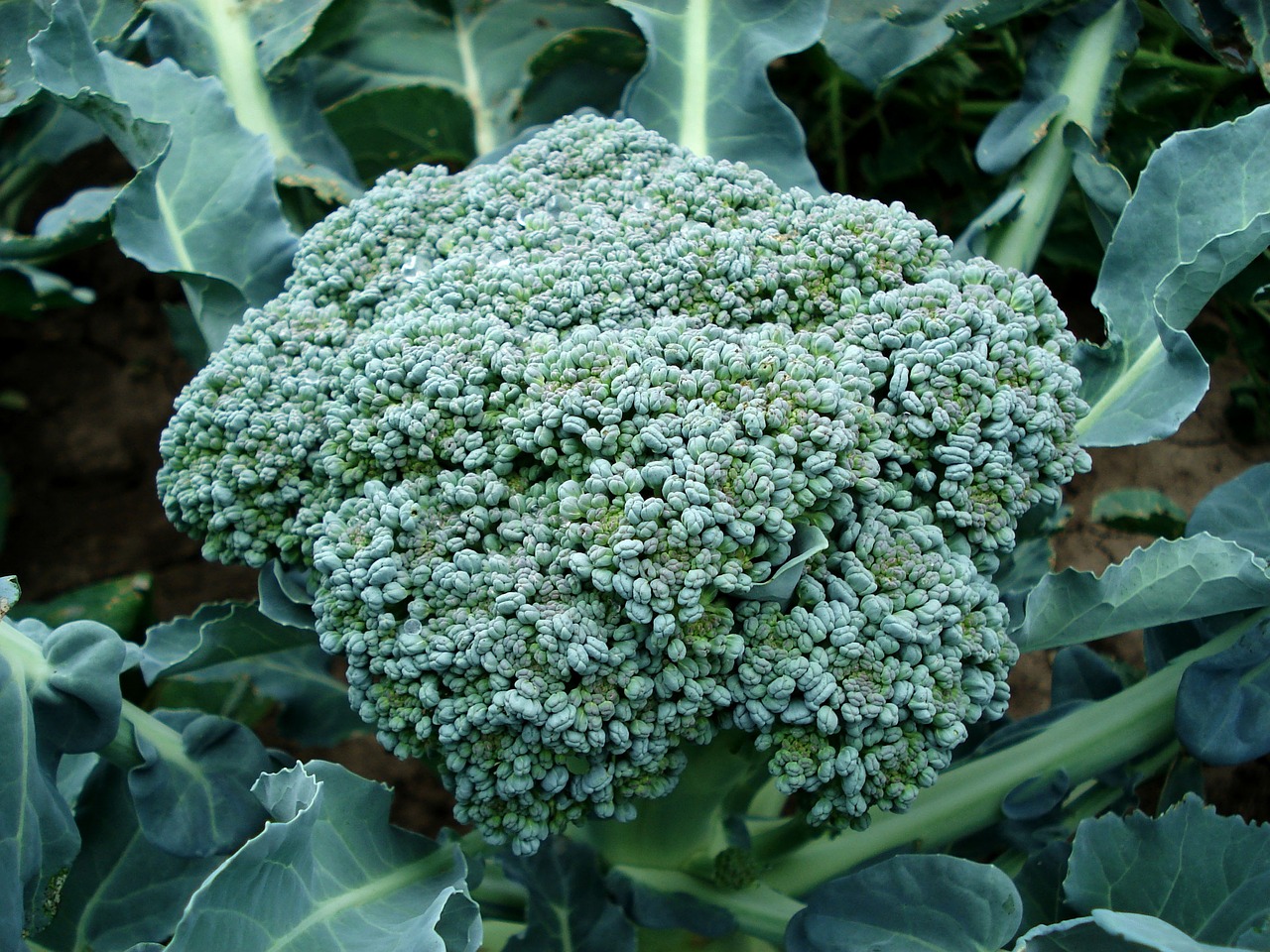Broccoli is a green vegetable that belongs to the same family as cabbage, kale, cauliflower, and Brussels sprouts. It has a subtle, earthy taste and a crunchy texture that can be enjoyed raw or cooked. But did you know that broccoli is also one of the most beneficial foods for your health? In this blog post, we will explore the nutritional value, health advantages, tips and tricks, pros and cons, awareness, and danger of broccoli.
Nutritional Value
Broccoli is a low-calorie food that is packed with many vitamins, minerals, fiber, and antioxidants. One cup (91 grams) of raw broccoli provides ( 1 ):
- Calories: 35
- Protein: 2.6 grams
- Carbs: 5.6 grams
- Fiber: 2.2 grams
- Fat: 0.3 grams
- Vitamin C: 135% of the Daily Value (DV)
- Vitamin K: 116% of the DV
- Folate: 14% of the DV
- Potassium: 8% of the DV
- Manganese: 10% of the DV
- Iron: 6% of the DV
Broccoli also contains small amounts of other vitamins and minerals, such as vitamin A, vitamin B6, calcium, magnesium, phosphorus, selenium, and zinc.
Health Advantages
Broccoli has many health advantages, thanks to its high content of antioxidants and other bioactive compounds. Some of the most notable ones are:
- Lowering inflammation. Broccoli contains glucoraphanin, a compound that is converted into sulforaphane, a powerful anti-inflammatory agent, during digestion. Sulforaphane may help reduce oxidative stress, chronic inflammation, and the risk of various diseases, such as cancer, diabetes, and heart disease ( 2, 3, 4 ).
- Improving eye health. Broccoli is a good source of lutein and zeaxanthin, two antioxidants that protect the eyes from harmful blue light and age-related macular degeneration. Broccoli also provides vitamin A, which is essential for vision and eye health ( 5, 6, 7 ).
- Enhancing immune system. Broccoli is one of the best sources of vitamin C, a powerful antioxidant that strengthens the immune system and fights infections. Vitamin C also helps the body absorb iron, which is important for blood health and oxygen transport ( 8, 9 ).
- Strengthening bone health. Broccoli is rich in vitamin K, a nutrient that is needed for blood clotting and bone metabolism. Vitamin K may help prevent osteoporosis and fractures by increasing bone density and reducing bone loss. Broccoli also contains calcium, magnesium, and phosphorus, which are essential minerals for bone health ( 10, 11, 12 ).
Tips and Tricks
Broccoli can be eaten raw or cooked, but different cooking methods may affect its nutrient composition and health advantages. Here are some tips and tricks to enjoy broccoli in the best way possible:
- Choose fresh and firm broccoli. Look for broccoli that has bright green florets, crisp stems, and no yellow or brown spots. Avoid broccoli that is wilted, soft, or slimy. Store broccoli in a plastic bag in the refrigerator for up to five days ( 13 ).
- Wash and cut broccoli before cooking. Rinse broccoli under running water and pat it dry with a paper towel. Cut off the tough end of the stem and chop the rest into bite-sized pieces. You can also peel and slice the stem if you prefer. Separate the florets from the stem and cut them into smaller pieces if needed ( 13 ).
- Steam or roast broccoli for maximum nutrition. Steaming is the best way to cook broccoli, as it preserves most of its nutrients and antioxidants. You can use a steamer basket, a microwave, or a pot of boiling water to steam broccoli for about five minutes, or until tender but still crisp. Roasting is another great way to cook broccoli, as it enhances its flavor and texture. You can toss broccoli with some oil, salt, pepper, and your favorite herbs and spices, and bake it in a preheated oven at 200°C (400°F) for 15 to 20 minutes, or until browned and crispy ( 14, 15 ).
- Add broccoli to your salads, soups, stir-fries, and casseroles. Broccoli is a versatile vegetable that can be added to many dishes. You can use raw or cooked broccoli to make salads, soups, stir-fries, and casseroles. You can also blend broccoli with some milk, cheese, and seasonings to make a creamy soup or sauce. Broccoli pairs well with garlic, onion, lemon, cheese, nuts, seeds, chicken, beef, eggs, and tofu ( 16 ).
Pros and Cons
Broccoli has many pros, such as:
- It is affordable and widely available. Broccoli is one of the most common and inexpensive vegetables in the market. You can find it fresh, frozen, or canned in most grocery stores and supermarkets. You can also grow your own broccoli in your garden or balcony, as it is easy to cultivate and harvest ( 17 ).
- It is tasty and filling. Broccoli has a mild, earthy taste and a crunchy texture that can be enjoyed raw or cooked. It can also be seasoned and cooked in different ways to suit your taste and preference. Broccoli is high in fiber and water, which can help you feel full and satisfied for longer. This may help you control your appetite and weight ( 18, 19 ).
Broccoli also has some cons, such as:
- It can cause gas and bloating. Broccoli contains raffinose, a type of sugar that is hard to digest and can cause gas and bloating in some people. This is especially true if you eat large amounts of raw or undercooked broccoli. To reduce this effect, you can cook broccoli well, chew it thoroughly, and eat it with some probiotics, such as yogurt or kefir. You can also limit your intake of broccoli if you have a sensitive stomach or irritable bowel syndrome ( 20, 21 ).
- It can interfere with blood thinners. Broccoli is high in vitamin K, which can affect the action of blood thinners, such as warfarin. Vitamin K helps the blood clot and prevents bleeding, while blood thinners do the opposite. If you take blood thinners, you should consult your doctor before eating large amounts of broccoli or other foods high in vitamin K. You should also keep your intake of vitamin K consistent and avoid sudden changes ( 22, 23 ).
Awareness and Danger
Broccoli is generally safe and healthy for most people, but there are some things you should be aware of and avoid when eating broccoli, such as:
- Pesticides and contaminants. Broccoli may contain traces of pesticides and contaminants, such as heavy metals, bacteria, and fungi, that can harm your health. To reduce this risk, you should wash broccoli thoroughly before eating or cooking, and peel and discard the outer layer of the stem. You can also buy organic broccoli or grow your own broccoli in a clean and safe environment ( 24, 25 ).
- Allergies and intolerances. Broccoli may cause allergic reactions or intolerances in some people, such as itching, swelling, hives, nausea, vomiting, diarrhea, or anaphylaxis. This is more likely if you have a history of food allergies or intolerances, especially to cruciferous vegetables or other plants in the same family. If you experience any of these symptoms after eating broccoli, you should stop eating it and seek medical attention ( 26, 27 ).
Conclusion
Broccoli is a superfood that offers many health advantages, such as lowering inflammation, improving eye health, enhancing immune system, and strengthening bone health. It is also low in calories and high in fiber, which can help you feel full and satisfied. Broccoli can be eaten raw or cooked, and added to various dishes, such as salads, soups, stir-fries, and casseroles. However, broccoli also has some cons, such as causing gas and bloating, interfering with blood thinners, and containing pesticides and contaminants. You should also be aware of the possible allergies and intolerances that broccoli may cause. Broccoli is a healthy and tasty vegetable that you can enjoy in moderation and with caution.
I hope you found this blog post helpful and informative. Please let me know if you have any questions or feedback. Thank you for reading! 😊.




